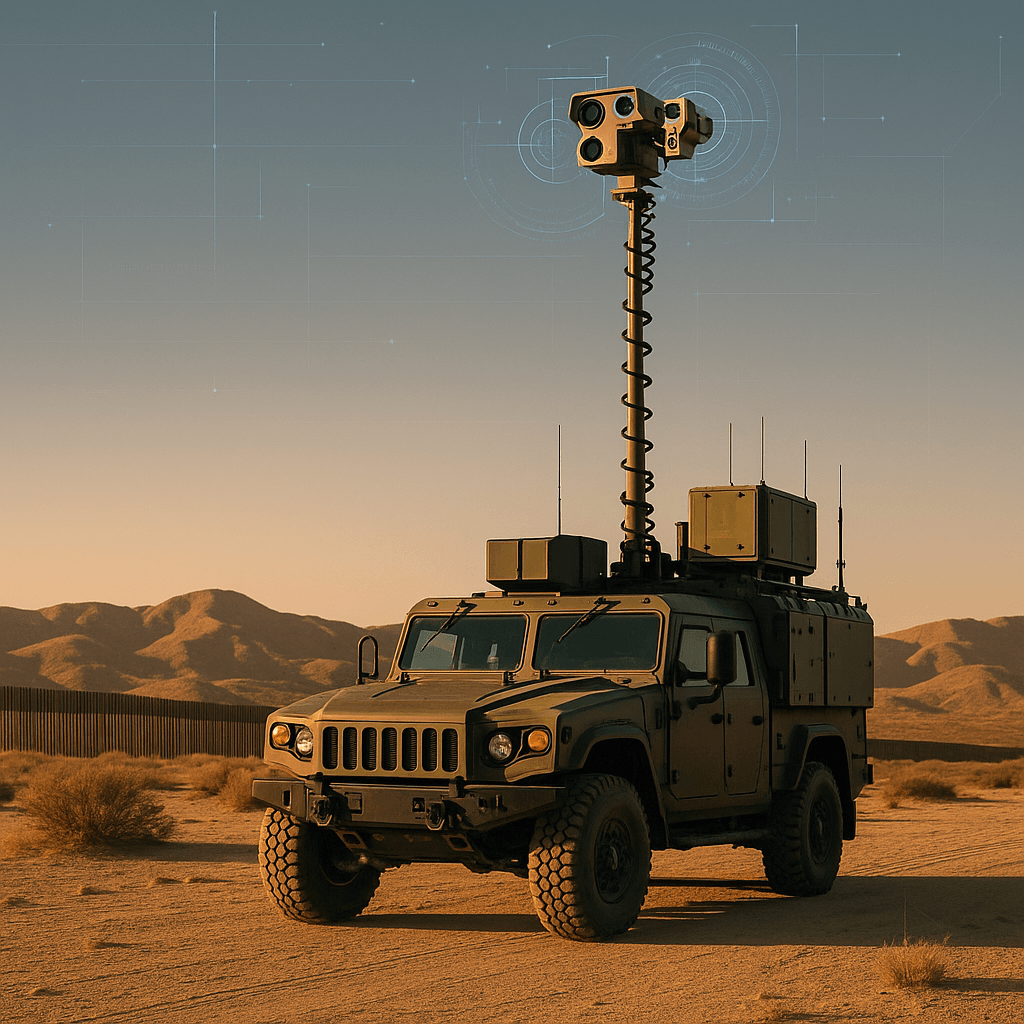The Department of Homeland Security is developing mobile surveillance platforms that combine AI computer vision, radar, and high-powered cameras on 4x4 vehicles. These autonomous observation towers would extend border patrol reach into remote areas, with the system capable of detecting motion miles away and operating unattended for extended periods.
The Department of Homeland Security just dropped plans for what could be the most advanced mobile surveillance system ever deployed on American borders. According to federal contracting documents reviewed by WIRED, DHS wants to mount AI-powered observation towers on standard 4x4 trucks, creating a fleet of roving watchtowers that can park anywhere and start scanning for movement within minutes.
The Modular Mobile Surveillance System, dubbed M2S2, surfaced Friday when US Customs and Border Protection quietly published a presolicitation notice. The system would fuse artificial intelligence, radar, high-powered cameras, and wireless networking into vehicles capable of reaching remote terrain and transforming into autonomous observation posts.
This isn't just another camera on wheels. The proposed system relies heavily on computer vision - the same AI technology previously developed for war drones that can distinguish between people, animals, and vehicles by analyzing thousands of images frame by frame. Border patrol agents could park their truck, raise a telescoping mast, and within minutes detect motion several miles away, with the AI pinpointing target locations within 250 feet of their actual position.
The timing couldn't be more significant. M2S2 development coincides with the Trump administration's sweeping immigration crackdown, backed by Congress boosting DHS's discretionary budget to roughly $65 billion. The GOP's "One Big Beautiful Bill" allocates over $160 billion for immigration enforcement - representing the largest expansion in DHS history with a proposed 65% funding increase.
What makes M2S2 particularly sophisticated is its dual operating modes. In attended mode, agents stay with the vehicle. But the real innovation comes with unattended operation, where onboard AI conducts surveillance autonomously and alerts remote operators when detecting activity. All missions get logged from start to finish, with video, maps, and sensor data retained for at least 15 days and locked against deletion "under any circumstances."
The collected data will be classified as Controlled Unclassified Information (CUI) - a designation for sensitive but non-classified information whose dissemination must be tightly controlled. Even the program's planning documents fall under this restricted category, highlighting the system's integration into broader national security frameworks.












